"Annie's Oak" Historical Marker
Introduction
Author-Uploaded Audio
00:00 / 00:00
Listen to a narration of this entry's description by Jenevieve Hughes.
Text-to-speech Audio
Images
"Annie's Oak" Historical Marker
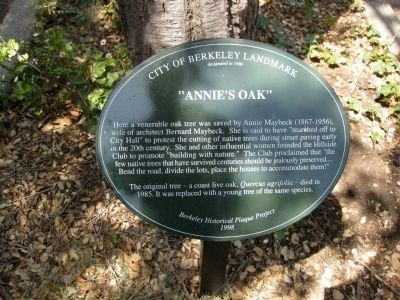
LeRoy Avenue showing Annie’s Oak Tree (Original Postcard, from the Sarah Wikander collection).
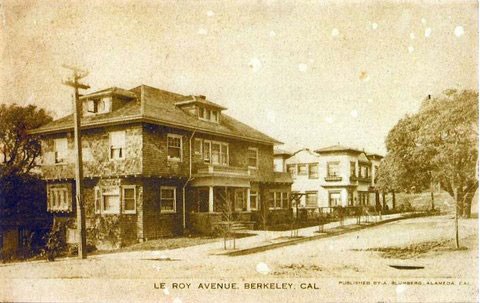
"Annie's Oak", shown here in 1915, via the "Report on a City Plan for the Municipalities of Oakland and Berkeley" by Werner Hegemann
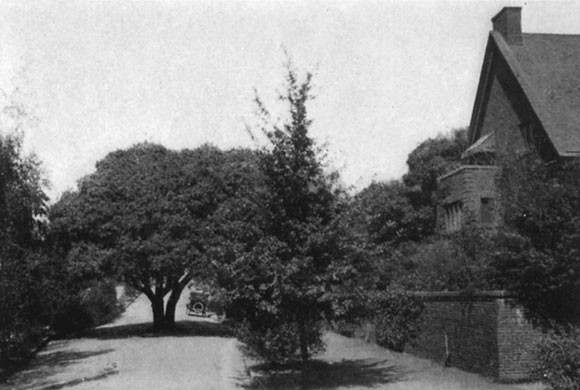
"Annie's Oak" historical marker (wide view)
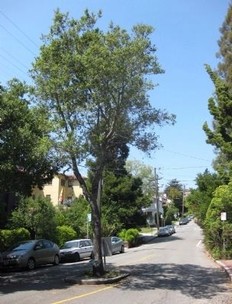
The Hillside Club sign
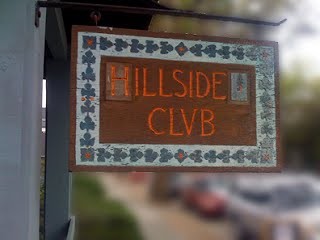
Annie and Bernard Maybeck's former residence in Berkeley, California (this home was designed by Bernard Maybeck in 1933)
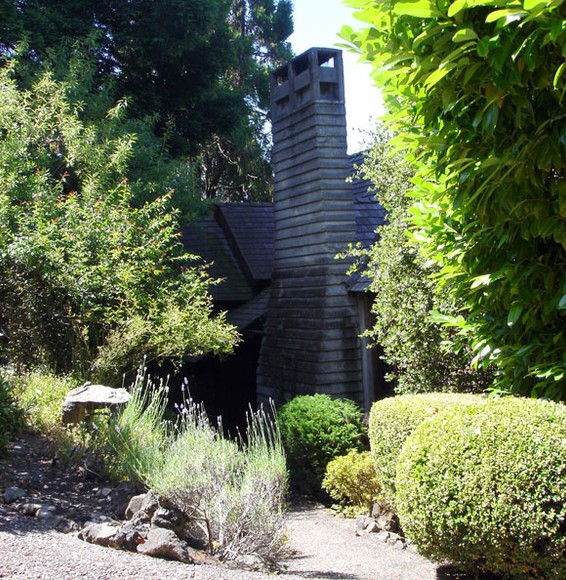
Annie and Bernard Maybeck, at their home in Berkeley, California (1948)
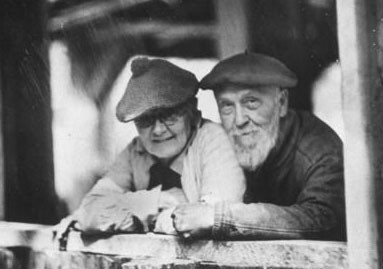
Bernard and Annie Maybeck, painting together "en plein air" outside of their home in Berkeley, California
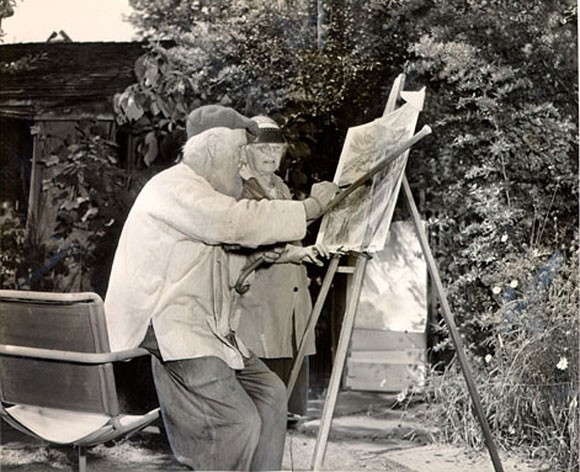
Backstory and Context
Author-Uploaded Audio
00:00 / 00:00
Listen to a narration of this entry's description by Jenevieve Hughes.
Text-to-speech Audio
Annie Maybeck (1867-1956) was a member of the Hillside Club, a group of influential women in the Berkeley area who sought to prevent the loss of Berkeley's native trees during a period of urban development. As the wife of Bernard Maybeck (1862-1957), a prominent architect who designed many significant Bay Area homes in the Arts and Crafts style, Annie Maybeck was well-positioned for the task at hand. After witnessing a number of Berkeley's native trees under threat as the city began to pave new roads and lay out new neighborhoods, Maybeck and the Hillside Club instead advocated for "design according to the principles of nature."
In its approach, the Hillside Club's philosophy aligned with that of the Arts and Crafts Movement, which heavily influenced the decorative arts and architecture during the early twentieth century. Like the Arts and Crafts Movement, the Hillside Club advocated for the design and construction of "artistic homes that appear to have grown out of the hillside." Accordingly, architects such as Bernard Maybeck strove to design homes and other buildings that looked as if they had emerged naturally out of the landscape.
In conjunction with this philosophy of building, the Hillside Club advocated for the creation of roads which followed the natural contour of the land. This included leaving the existing trees in place so that they would not need to be cut down. In some cases, homes were even built with existing trees growing inside of them, branching up and out through the roof. The idea behind this design style was to create homes that felt more like "shelters from the rain" rather than structures that imposed an unnecessary artifice upon the landscape. This aesthetic differed markedly from the traditional style of urban planning, in which city neighborhoods were designed and laid out according to a grid system.
As one of the most vocal members of the Hillside Club, Annie Maybeck sought to save Berkeley's native trees by appealing directly to City Hall. After she successfully petitioned to save a particular oak tree on Leroy Avenue, the tree became known as "Annie's Oak." It was later designated a City of Berkeley Landmark in 1986. A historical marker was placed on the tree as part of the Berkeley Historical Plaque Project. The marker states:
Here a venerable oak tree was saved by Annie Maybeck (1867–1956), wife of architect Bernard Maybeck. She is said to have “marched off to City Hall” to protest the cutting of native trees during street paving early in the 20th century. She and other influential women founded the Hillside Club to promote “building with nature.” The Club proclaimed that “the few native trees that have survived centuries should be jealously preserved…. Bend the road, divide the lots, place the houses to accommodate them!”
The original tree—a coast live oak, Quercus agrifolia—died in 1985. It was replaced with a young tree of the same species.
Although the original "Annie's Oak" died of natural causes in 1985, a new oak tree was planted in its place. This new tree was also called "Annie's Oak" and it still stands today. According to the provisions extended to this tree when it became a designated city landmark, "Annie's Oak" tree will continue to grow where it was planted for many years to come.
Cite This Entry
Admin, Clio and Jenevieve Hughes. ""Annie's Oak" Historical Marker." Clio: Your Guide to History. May 7, 2021. Accessed August 1, 2025. https://theclio.com/entry/95667
Sources
"Annie's Oak", Berkeley Historical Plaque Project. Accessed February 27th 2020. https://berkeleyplaques.org/plaque/annie-s-oak/?cat=30.
Hart, Evan. "Annie Maybeck influenced features?", Maybe-ck. February 23rd 2016. Accessed February 27th 2020. http://www.maybe-ck.com/blog/2016/2/23/annie-maybeck-influenced-features.
"International Arts and Crafts: William Morris to Frank Lloyd Wright", Fine arts museums of San Francisco. Accessed February 27th 2020. https://www.famsf.org/press-room/international-arts-and-crafts-william-morris-frank-lloyd-wright.
Ruppenstein, Andrew. "Annie's Oak Historical Marker", The Historical Marker Database. May 3rd 2009. Accessed February 27th 2020. https://www.hmdb.org/m.asp?m=18562.
"The Hillside Club", Google Sites. Accessed February 27th 2020. https://sites.google.com/a/hillsideclub.org/hillsideclub/history.
The Historical Marker Database
The Berkeley Historical Plaque Project
Berkeley Architectural Heritage Association Archives
Andrew Ruppenstein, Hmdb.org
The Hillside Club
The Berkeley Historical Plaque Project
Photo by Charles E. Steinheimer (Source: The Berkeley Historical Plaque Project)
The Berkeley Historical Plaque Project
